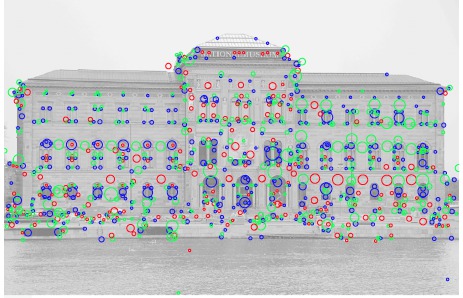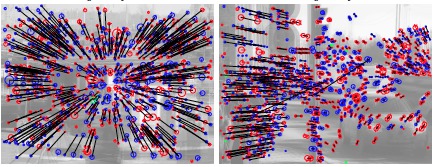Image-based matching and recognition
We perform basic research in the areas of
spatial and spatio-temporal recognition
to develop new methods for
-
recognizing previously seen objects from novel views,
-
classifying previously unseen objects into object categories, and
-
recognizing human activities and spatio-temporal events.
The overall methodology is based on image measurements in terms of
receptive fields expressed in terms Gaussian derivatives
and differential invariants as obtained from scale-space theory.

Concerning recent developments, we have developed a generalized framework for detecting scale-invariant interest points from images, based on which several of our new interest point detectors lead to significantly better performance compared to previous and more commonly used interest point detectors:
-
Lindeberg (2015) ``Image matching using generalized scale-space interest points'',
Journal of Mathematical Imaging and Vision 52(1):3-36,
Special issue with selected papers from SSVM 2013.
(PDF 11.9 Mb).
-
Lindeberg (2013) ``Scale selection properties of generalized scale-space interest point detectors'',
Journal of Mathematical Imaging and Vision 46(2):177-210.
(PDF 2.7 Mb)

We have also performed an exhaustive experimental investigation of the information content in receptive field based image descriptors in terms of Gaussian derivatives and differential invariants up to order two, and shown that there are new receptive field based image descriptors with better discriminability properties compared to previously known image descriptors within the same class:
-
Linde and Lindeberg (2012)
``Composed complex-cue histograms: An investigation of the information content in receptive field based image descriptors for object recognition'',
Computer Vision and Image Understanding 116(4):538-560.
(PDF 4.2 Mb)
Specifically, our experimental results show that in many cases coarsely quantized image descriptors such as binary image descriptors perform surprisingly well for object recognition and object categorization.

